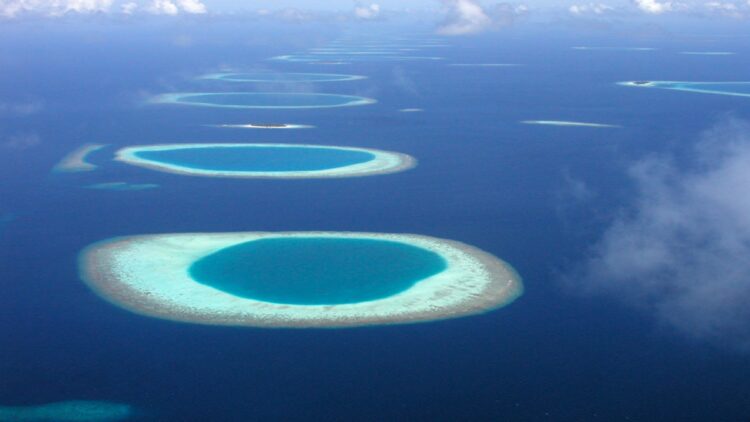Hidden beneath the waves lies a marvel that rivals the Amazon rainforest in ecological richness and global importance: the Coral Triangle. This underwater world that spreads across six countries in the region of the Pacific is a haven for a variety of marine species, thus supporting millions of peoples’ and businesses’ lives.
Known as the Amazon of the Seas, the Coral Triangle is home to wonders that inspire scientists, divers, and conservationists and confront the world with issues that require its attention.
A global treasure: Where biodiversity reigns beneath the waves
The Coral Triangle is a vast marine area in Indonesia, Malaysia, the Philippines, Papua New Guinea, the Solomon Islands, and Timor-Leste. Spanning 5.7 million square kilometers, or half the size of the United States, it is home to 75 percent of all the coral types in the world. It provides habitat to over 3,000 fish species – much higher than any other marine area.
It is not just a natural reserve but also an essential basis for people’s income. More than 120 million people benefit from the Coral Triangle through fishing, tourism, or food security. Besides its economic importance, it provides ecological services, such as defence against storm surges, making it necessary for coastal societies. However, its remote location is also a disadvantage, as much of its wonderful seascape remains uncharted.
Nature lovers will be delighted to travel across the Coral Triangle. It presents a rare chance for diving, snorkeling, and other activities like conservation, making it a perfect place for travelers. Its reefs and water are full of life and clear water; the spot is ideal for those who expect to get acquainted with marine life, including manta rays and sea turtles.
Challenges threatening this underwater marvel
Although the Coral Triangle is a natural wonder, it is not devoid of threats. High international consumption of seafood has skewed its delicate equilibrium through overfishing. Cyanide and dynamite fishing, for example, harm coral reefs, which are slow-growing structures that may take ages to grow again. The methods also negatively impact the environment and ruin living standards linked to sustainable fishing practices.
Uncontrolled mining and oil exploration exacerbate the problem in the region. Industrial processes impact ecosystems; water is contaminated, and sea life is threatened. Besides, coastal development does not consider the sensitivity of the area and the wildlife, and it changes the environment.
Rising above all these challenges is climate change. As sea temperatures increase, the corals turn white, and storms and acidification of the water endanger marine life. Should the current trends continue unabated, the Coral Triangle will quickly lose its status as one of the world’s most important centers of marine and coastal biodiversity.
Sustainable tourism: A pathway to conservation
In this context, there is hope for sustainable tourism. The Coral Triangle is gradually developing into a vital eco-tourism site where divers, surfers, and other tourists appear to be heading. Having set high sustainability standards, eco-tours, live-aboard, and eco-resorts help preserve the environment and offer incredible experiences.
Such sites as the tourism portal for The Coral Triangle focus on responsible tourism. It is possible to swim at untouched dive spots, meet people, and become a part of the process that helps save the area. Tourism businesses from Bali to Raja Ampat are approved based on sustainability to ensure they positively impact the environment.
Attempts to increase awareness are being made around the world. Awareness of the Coral Triangle is created by telling its success stories and the difficult ones, which attract policymakers and conservationists. In tourism, sustainable development focuses on protecting ecosystems and supporting locals.
The Coral Triangle is called the second Amazon of the Earth, proving the planet is incredibly diverse. It supports millions of lives in six countries and sparkles with natural beauty. However, just like its counterpart on land, increasing pressure requires attention to be paid.
Afforestation, fishing, and responsible tourism make future endeavours possible to preserve this underwater natural resource to the maximum potential. We can spare the Coral Triangle or the “Amazon of the Seas.”

